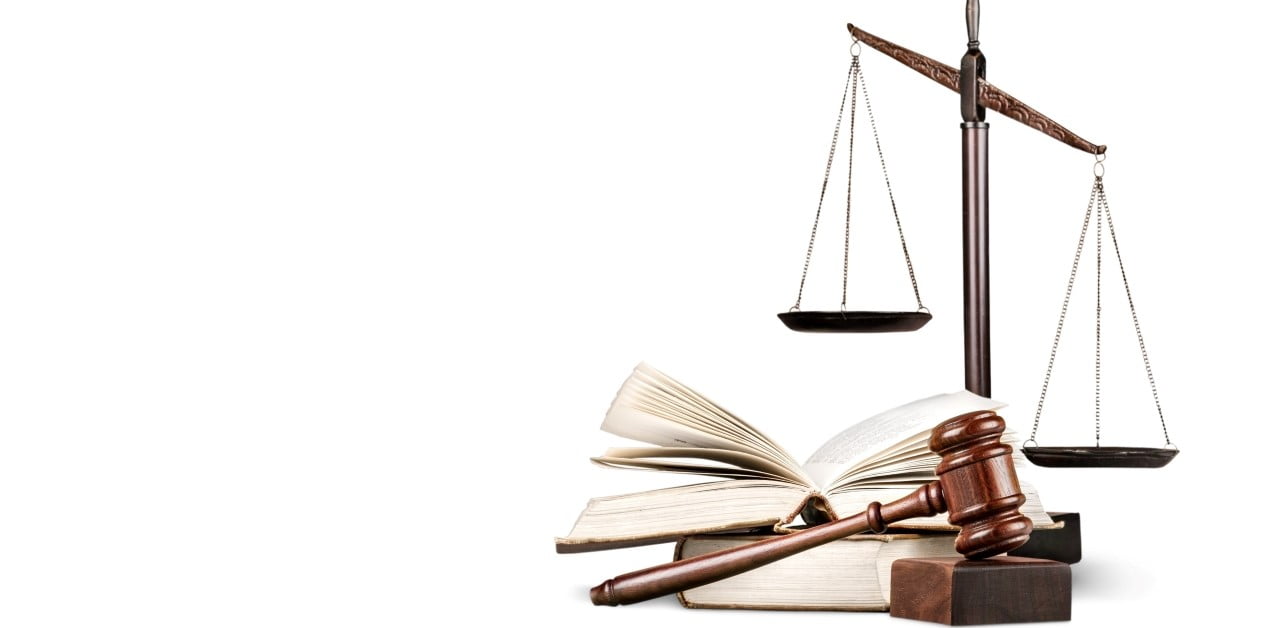Juror bias and it’s influence on a fair trial
The jury system is an integral component of our legal system, aiming to ensure fair trials and build trust by having decisions made by representatives of the community. In contrast, the alternative to the jury system is a single judge, whose thinking and decision-making may not always be representative of the broader community.
The pool of jurors is randomly selected from the electoral roll, and individuals selected may seek to be excluded from jury duty for various reasons. While random selection from a broad pool promotes representation, it’s important to note that some individuals are not on the electoral roll, and certain groups, such as the homeless, may be underrepresented.
Similar to judges, jurors are expected to be impartial, but subconscious bias can influence their decision-making. This phenomenon, known as juror bias, refers to the impact of personal prejudices on a juror’s ability to objectively assess the facts of a case. Various sources contribute to these biases, including racial, religious, and socioeconomic factors, as well as media influence. The presence of such biases can lead to injustices, resulting in a decline in trust within the legal system.
A recent study from the United Kingdom titled “Call for end to oaths in court as study finds jurors biased against the non-religious” highlights an example of religious bias. The article reports that jurors are more likely to find defendants guilty if they don’t ‘swear by Almighty God’ in court, compared to those who do.
The empanelment process serves to mitigate the risk of juror bias that may otherwise prevail. Potential jurors can be challenged or stood aside. Through challenges, defendants can exercise some influence over the selection process by removing individuals who are less likely to be receptive to their case.
The information available during empanelling juries is limited to a juror’s name (the judge may also choose to identify them by number), occupation, and appearance. In the United States, however, more information is obtainable through the voir dire process, which involves questioning jurors to determine the presence of biases. Although voir dire is not utilised in Australia, in the high-profile murder case of Gerard Baden Clay in 2016, questioning of potential jurors was permitted to ensure impartiality in light of potential media bias.
Another approach to mitigate potential bias from media influence is placing restrictions on pre-trial and trial publicity. Judges can also direct juries to base their decisions solely on the evidence presented in court. Additionally, legal practitioners employ expert witnesses to educate juries on complex topics. If the defence remains concerned that the trial might be unfair, they can apply for the case to be heard by a single judge in certain circumstances.
With all these processes in place, the jury system remains the most effective in rendering fair decisions that align with community values, though it is acknowledged that no system can be completely free from bias. As such, the system will continue to evolve as further methods of preventing bias are discovered and implemented to maintain the involvement and trust of the community in our legal system.




